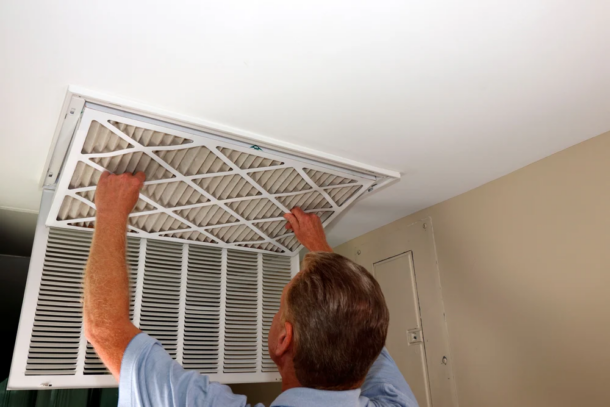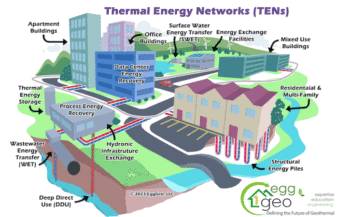When your clients are concerned about their homes or businesses being near sources of pollution such as factories or wildfires or need to improve indoor air quality to address allergies or other health concerns, you can better meet their requirements by installing state-of-the-art filter systems.
This article explores recent advancements in HVAC filtration systems designed to improve indoor air quality. It covers innovative technologies, such as HEPA filters and air purifiers, that effectively remove pollutants, allergens, and contaminants, providing healthier and more comfortable indoor environments.

HEPA Filters
Small contaminants in the air, including particulate matter from pollution, bacteria, pollen, and dust can wreak havoc on people’s health as well as make their homes and businesses less comfortable. Children, the elderly, and sensitive individuals — such as those with asthma or other respiratory ailments — will feel the effects of these contaminants even more strongly.
When you visit a client for an AC repair job and they mention that they want to boost indoor air quality, you’ll want to suggest using high-efficiency air filters, which are rated on the Minimum Efficiency Reporting Value (MERV) scale from 1-20.
Higher MERV ratings correspond to a filter’s capability to capture more particles. For example, medium efficiency filters range from 5-8 on the MERV scale, while higher efficiency MERV filters rated 13-16 can cut down particles up to 95%.
For advanced protection, install filters with a High Efficiency Particulate Air (HEPA) rating, which corresponds to MERV 17-20, according to the U.S. government’s air quality resource.
Remind your clients to clean or replace their air filters per the manufacturer’s guidance if they are not hiring you to take care of this task when you perform routine preventative maintenance.
IoT Devices
To further enhance indoor air quality, install Internet of Things devices (which can include sensors and actuators), to help boost indoor air quality. With IoT technology integrated with the client’s air filter, you have a smart filter that delivers air quality data in real time.
Homeowners and business owners can monitor the status of their indoor air quality and adjust the HVAC controls accordingly, even from remote using computers or mobile devices.
Air Purification Devices
You can purify indoor air using advanced devices such as ionizers and ultraviolet lights.
- Ionizers
Installing a bipolar ionization system on the air handling unit of a building’s HVAC system sends ions into the air to force particles to clump together to form bigger particles, making it easier for filters to capture them.
Ionizers can also render pathogens harmless, which people use to combat ailments such as influenza and the common cold (and COVID, according to laboratory research). Deploy ionizers with caution, as some systems may increase ozone concentration in a building to the point that people experience respiratory reactions.
- UV-C Light Systems
Another tool for combatting pathogens in the air is a germicidal UV unit. Because of the high energy loads needed to run them, these units are geared more toward commercial facilities rather than residences.
UV-C wavelengths destroy pathogens’ external protein layer, nullifying them. However, you must handle, install, and use UV-C systems with care because they can damage people’s corneas, harm DNA, and cause cancer.
These dangers tend to occur in UV-C systems used primarily to sterilize surfaces. However, employing a UV-C system that cleans an air stream in conjunction with HVAC equipment can be an effective solution as long as you keep the safety considerations top of mind to safeguard occupants.
Taking Advantage of HVAC Filtration Technology to Benefit Your Clients
Professional tradespeople working to provide their clients with healthier and more comfortable indoor environments will want to take advantage of innovative technologies — such as air purifiers, HEPA filters, and integrated IoT devices — to eliminate allergens, contaminants, and pollutants.
Author bio: Michael Carlson is the President of Gene May Heating & Cooling. He has been in the heating and cooling industry for more than 32 years and is the sole owner of the business.




Join the conversation: